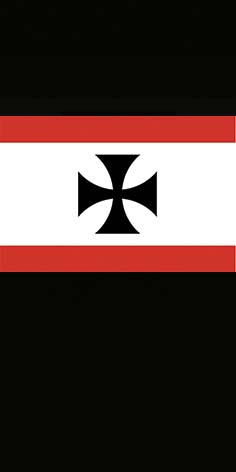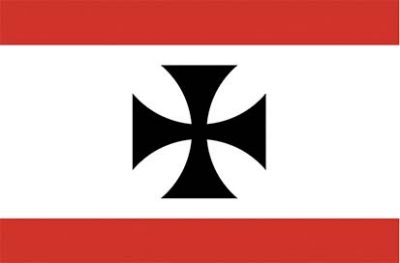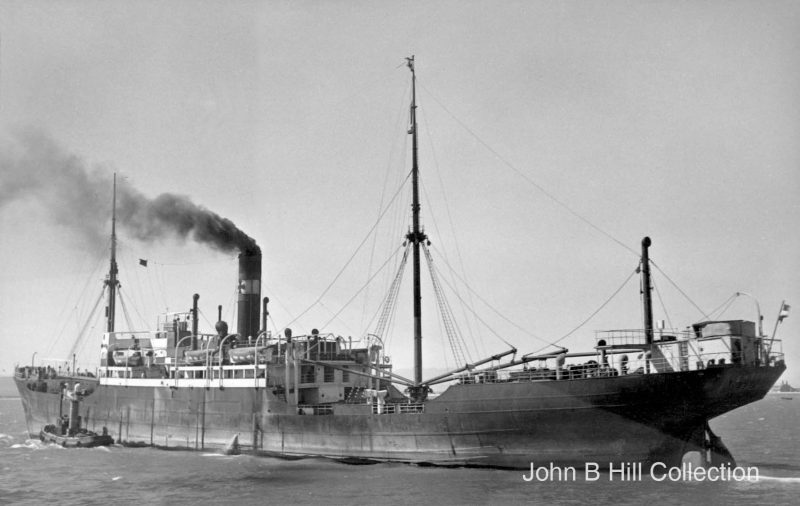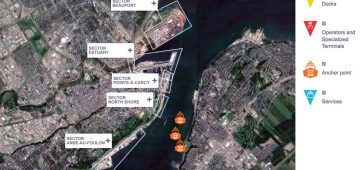A Pioneer of Heavy Lift Shipping

 Hansa Line was the first shipping company in the world to introduce a cargo-liner in 1929 with a derrick capable of lifting 120 tonnes. This was a technical sensation at the time as all derricks were of small lifting capability, notably from two tonnes to a twenty tonner if the shipowner thought there might be a need for heavy lifting. By 1968, Hansa Line of Bremen operated a very big fleet of 46 cargo-liners, of which thirty were heavy lifters, and the ‘champion’ heavy lifter Uhenfels had just been introduced equipped with two sets of lifting gear each of 275 tonnes capability. When used in tandem, this gear could lift 550 tonnes in a straight lift of heat exchangers, oil and gas refinery modules, and pressure towers that the modern industrial world needed badly to bring new projects online across the world. Hansa Line at its formation in 1881 incorporated the same tradition of ‘Hansa’ merchants and shipowners working together in unions and guilds that the Hanseatic League had previously used for seven centuries.
Hansa Line was the first shipping company in the world to introduce a cargo-liner in 1929 with a derrick capable of lifting 120 tonnes. This was a technical sensation at the time as all derricks were of small lifting capability, notably from two tonnes to a twenty tonner if the shipowner thought there might be a need for heavy lifting. By 1968, Hansa Line of Bremen operated a very big fleet of 46 cargo-liners, of which thirty were heavy lifters, and the ‘champion’ heavy lifter Uhenfels had just been introduced equipped with two sets of lifting gear each of 275 tonnes capability. When used in tandem, this gear could lift 550 tonnes in a straight lift of heat exchangers, oil and gas refinery modules, and pressure towers that the modern industrial world needed badly to bring new projects online across the world. Hansa Line at its formation in 1881 incorporated the same tradition of ‘Hansa’ merchants and shipowners working together in unions and guilds that the Hanseatic League had previously used for seven centuries.
THE HANSEATIC LEAGUE
The Hanseatic League was a commercial union between several German ports including Hamburg, Lubeck, Bremerhaven and Rostock from the twelfth century onwards. It controlled the Baltic and North Sea trades for centuries by having satellite trading houses called ‘Kontors’ (towns within towns), in ports such as London, Bergen and Bruges. The British east coast ports of Newcastle, Berwick, Leith, Hull, York, Great Yarmouth and King’s Lynn also participated in the Hanseatic League trades with some permanent ‘Hansa’ traders domiciled there. The earliest written reference to the Hanseatic League dates back to 1159 when the merchants of Lubeck had already been trading through the Oresund to Bergen for decades for dried codfish, butter, furs and axes from Bergen in return for foodstuffs from the Baltic Sea countries. This was in the form of a footnote regarding Hanseatic League trading in the account of the rebuilding of Lubeck in that year by the powerful Henry the Lion, Duke of Saxony.


German cities achieved dominance of the trade with the Baltic area with striking speed in the twelfth and thirteenth centuries, and Lubeck became a central node in the seaborne trades of the North Sea and Baltic Sea. There were nine Hanseatic League port members that attended the last formal meeting of the Hanseatic League in 1669, but only three (Lubeck, Hamburg and Bremen) remained as members until its final demise in 1862, with the creation of the German Empire under Kaiser Wilhelm I. The Hanseatic League had maintained their powerful dominance of these trades for centuries, mostly by the use of the ‘Kontor’ towns within towns that were not short on the use of various forms of pressure being applied to native merchants of the ‘Kontor’ towns to increase their trade. The Hanseatic League was not a national German movement, but rather a commercial union or cartel of ports that upheld their tough and unsentimental commercial rights to these trades. A ‘Hansa’ thus means a powerful union or guild, and this name was used for two Transatlantic liners owned by Hapag.

Subscribe today to read the full article!
Simply click below to subscribe and not only read the full article instantly, but gain unparalleled access to the specialist magazine for shipping enthusiasts.





Comments
Sorry, comments are closed for this item